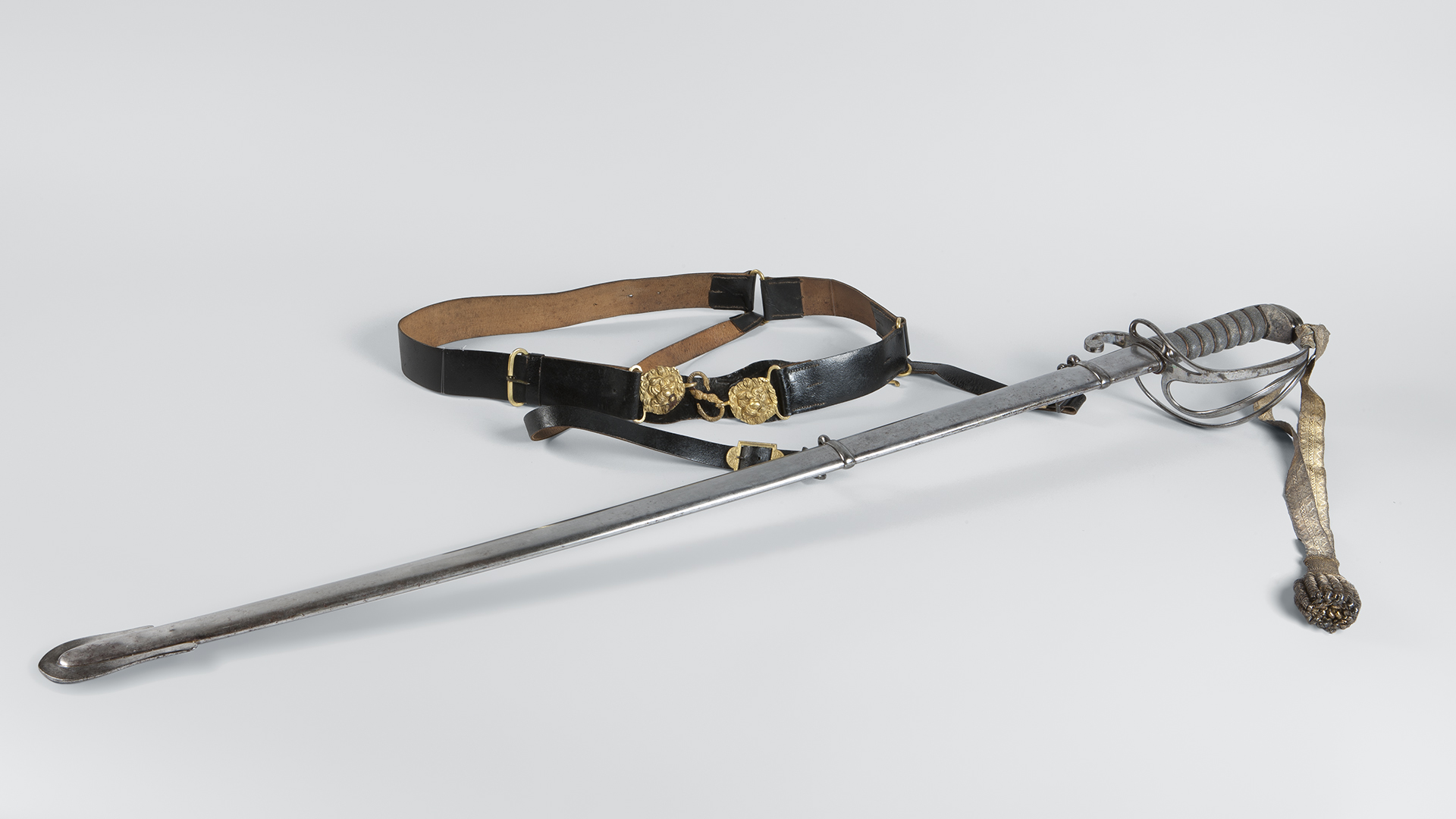The Soares dos Reis National Museum is marking Pedro IV Day, in honour of its founder, with an initiative scheduled for 4pm on 8 July, the date of the historic Landing of the liberal troops at Pampelido Beach, north of Porto, on 8 July 1832, during the Liberal Wars, the name by which the Portuguese Civil War (1828-1834) came to be known.
This year’s evocation of the Landing will be centred on the Sword used by King Pedro during the Siege of Porto (1832 – 1833) – a landmark episode in the civil war between liberals and absolutists, which will be the pretext for a talk with Portuguese armoury researcher João Rato.
The initiative will also feature a performance by Rancho Folclórico do Porto, who will present Canções do Liberalismo (Songs of Liberalism).
Participation in the event is free, subject to prior registration, which must be done here: https://shorturl.at/fsOT4
The Soares dos Reis National Museum keeps some of the items that made up the uniform of Colonel of Hunters No. 5, worn by Pedro de Alcântara, Duke of Bragança, during the Siege of Oporto: dolman, waistcoat, cap, cocked hat, sword, lanyard, boldrié (belt with talim for suspending a sword), eyeglass, map holder.
The first room of the new long-term exhibition at the Soares dos Reis National Museum shows, in rotation, the elements of the uniforms worn by King Pedro during the civil war.
About the Soares dos Reis National Museum
The Soares dos Reis National Museum has its origins in the Museum of Paintings and Prints and other Fine Arts objects, created in 1833 by Pedro IV of Portugal, the first Emperor of Brazil, to safeguard the assets sequestered from the absolutists and convents abandoned during the civil war (1832-34).
With the extinction of the religious orders, works were collected, among others, from the monasteries of Tibães and Santa Cruz de Coimbra. Known as the Museu Portuense, it was housed in the now-defunct Convent of Santo António da Cidade, in Praça de S. Lázaro, and was formalised by decree in 1836 by King Maria II.
In 1839, it passed to the direction of the Academia Portuense de Belas Artes (Porto Academy of Fine Arts), which organised a series of exhibitions in which notable artists such as Soares dos Reis, Silva Porto, Marques de Oliveira and Henrique Pousão were honoured, in successive generations of masters and disciples.
With the proclamation of the Republic, it was renamed the Soares dos Reis Museum in memory of one of the most outstanding names in Portuguese art. In 1932, it was renamed the National Museum, a period marked by a significant reorganisation by Vasco Valente, through the incorporation of objects from the Episcopal Palace of Porto (Mitra) and the Industrial Museum, as well as the deposit of collections from the now-defunct Municipal Museum. This was followed, in 1940, by the installation of the Museum in the Carrancas Palace, where it still remains.

